Reduction of serum level of interleukin-2 and pruritus severity after acupuncture at Quchi (LI11) in hemodialysis patients: a placebo-controlled randomized clinical trial
Abstract
Keywords: Acupuncture Therapy; Point, Quchi (LI11); Interleukin-2; Pain; Pruritus; Hemodialysis; Randomized Controlled Trial
A large number of patients on dialysis are experiencing pruritus[1-2]. The pathogenesis of uremic pruritus (UP) in patients undergoing hemodialysis is not fully understood; however, the immune-mediated hypothesis generally forms the basis for pruritic treatment[3-4]. Several studies suggest that renal failure may be associated with the build-up of proinflammatory compounds[3-10]. Interleukin-2 (IL-2) is a key cytokine in the cell-mediated immune response. It has been known to induce pruritus; indeed, an increase in the number of immune-reactive IL-2 cells has been observed in pruritic psoriasis lesions compared with non-pruritic ones[11-12]. The pruritogenic role of IL-2 has also been discovered in cancer treatment[13-16].
Corticosteroids, antibiotics, calcineurin inhibitors,ultraviolet (U.V.) phototherapy, and systemic immunomodulating therapies are generally used to treat pruritus[8,17-19]. However, due to the possible side effects of these approaches, there is a growing interest in complementary medicine. Significant reduction in pruritus severity after acupuncture therapy at Quchi(LI11) has recently been reported[11,20-22]. GAO H,et al[23]reported that stimulation to Quchi (LI11) and Zusanli(ST36) resulted in 97% healing in one month. CHOU C Y,et al[24]reported that stimulation Quchi (LI11) alone for 1 h, three times a week for one month, significantly reduced pruritic scores in hemodialysis patients.Another study reported that stimulating Quchi (LI11) for 1 h, twice a week for 12 times, significantly reduced pruritis scores[25]. A systematic review of the efficacy of acupuncture for treating UP in patients with end-stage renal disease has revealed that most reported studies have a high risk of bias, underscoring the need for more studies to confirm the beneficial effects of acupuncture[26]. Furthermore, to the best of our knowledge, the effects of acupuncture on the IL-2 level in patients with UP have not been examined yet.
This paper reports a randomized controlled trial. The first objective of this study is to validate the efficacy of acupuncture therapy in relieving pruritus among hemodialysis patients. The second objective is to examine the serum level of IL-2 in the patients before and after acupuncture therapy.
1 Clinical Materials
1.1 Research design
A randomized controlled trial (RCT) was conducted in the Hemodialysis Unit of Kidney Installation and Hypertension in General Hospital H. Adam Malik Medan.The study compared two groups. The subjects in the acupuncture group received acupuncture at Quchi(LI11), whereas, in the control group, the subjects received a placebo treatment. Procedures were conducted following theStandards for Reporting Interventions in Clinical Trials of Acupuncture(STRICTA),(Table 1)[27]. Certified doctors of the Indonesian Acupuncture Doctors Association (PDAI) with more than two years of experience performed the procedures.
1.2 Subjects
Subjects meeting the inclusion criteria were enrolled by consecutive sampling and randomly assigned to two groups. A web application available at https://www.randomizer.org/ was used for randomization. The subjects in the acupuncture group received acupuncture therapy, and the control group received a placebo treatment (Figure 1).
The inclusion criteria involved men and women over the age of 18 years who have receiving hemodialysis twice a week for more than six months and were hemodynamically stable; patients who have never received acupuncture therapy; those with mental and physical soundness and with the ability to respond to the questionnaire. The patients on drugs that affect pruritus or those in drug washout periods were excluded. The sample size was calculated using G*Power 3.1.9.2 (24), with effect size = 0.8; (err prob)α=0.05 and Power [1 - (err prob) β] = 0.90. A minimum of 28 patients in each group were required. Health Research Ethics Commission (KEPK) Faculty of Medicine,Universitas Sumatera Utara, and General Hospital H.Adam Malik Medan, Indonesia approved the trial protocol (No. 455/TGL/KEPK FK USU-RSUP HAM/2018).This experiment was carried out under the principles of the Declaration of Helsinki (Edinburgh 2000 Version).Participation in the study was voluntary. All subjects signed an informed consent form before the research procedure was carried out (Informed consent code:RM.2.11/IC. Study/2018).
1.3 Baseline characteristics
Age, sex, ethnicity, primary disease, body mass index(BMI) after hemodialysis, quantitative C-reactive protein(CRP), duration of hemodialysis, urea reduction ratio(URR), hemoglobin, the pruritus score, and serum IL-2 level were recorded for all patients.
1.4 Pruritic test
The pruritic test was conducted using the Indonesian version of a 5-D scale[28]. The 5-D scale is a quantitative assessment of multidimensional pruritis experienced by pruritic patients. The assessment covers the following aspects: duration, intensity, development, disruption of activity, and the itching location. The questionnaire rates the responses on a scale between 5 and 25 points.The pruritic scale assessment was carried out on all subjects by a nurse trained and blinded to the grouping.
1.5 IL-2 measurement
The serum IL-2 level was measured by a commercially available enzyme-linked immunosorbent assay kit (Cat.No. EH0189, Fine Test?, Wuhan, Hubei, China),according to the manufacturer's instructions. The characteristics of the kit are as follows. Detection range:15.6-1 000 pg/mL; sensitivity: <9.375 pg/mL; precision:intra-assay coefficient of variation (CV) <8% and inter-assay CV <10%. The subjects’ vein blood specimens were taken before the hemodialysis procedure was performed. The samples were allowed to clot for 2 h at room temperature or overnight at 4 ℃before centrifuged for 20 min at approximately 1 000 g.The supernatant was collected, and the assay was carried out immediately. Blood was collected using disposable, non-pyrogenic, and non-endotoxin tubes and stored at -40 ℃ until testing.
1.6 Intervention
The hemodialysis lasted for 1 h if the hemodynamic condition was stable. This was followed by cleaning and sterilizing the Quchi (LI11) areas. The point selection was based on the criteria in theMedical Acupuncture: A Western Scientific Approach[29]. Each subject in the acupuncture group was punctured perpendicularly using sterile, disposable, single-use, and stainless-steel needles (0.25 mm in diameter and 25 mm in length, Bai Yi Mei?). The needle was inserted as deep as 1.0-1.5 cm into Quchi (LI11). The needle insertion point was adjacent to the needle punctured for the hemodialysis procedure, and the acupuncture needle was retained for 1 h[25]. Each subject in the control group was given a placebo treatment with needles of the same specification as in the acupuncture group affixed(without puncture) to the skin surface at Quchi (LI11)with the help of plasters [22 mm in diameter; round adhesive wound plaster, Henso? (Healthaw Medical Limited, China)] and retained for 1 h. The patients did not report any itching or discomfort after the application of the plaster. Figure 2 shows the arrangements used in the control group and the acupuncture group. Quchi (LI11) is located on the lateral side of the elbow, at the middle between Chize (LU5)and the lateral humeral epicondyle. If the elbow joint is in a state of maximal flexion, Quchi (LI11) is pointed at the tip of the fold of the lateral elbow line[30]. All actions in the acupuncture group and the control group were carried out twice a week for six weeks[25]. An evaluation of the side effects of acupuncture and control was carried out.
1.7 Outcome variables
The primary outcome was the relative change in the pruritic scale from the baseline till six weeks later. The secondary outcomes were the change in the serum IL-2 level and side effects of the intervention such as pain and bleeding. The visual analog scale (VAS) was used to measure the pain experienced by patients after the treatment.
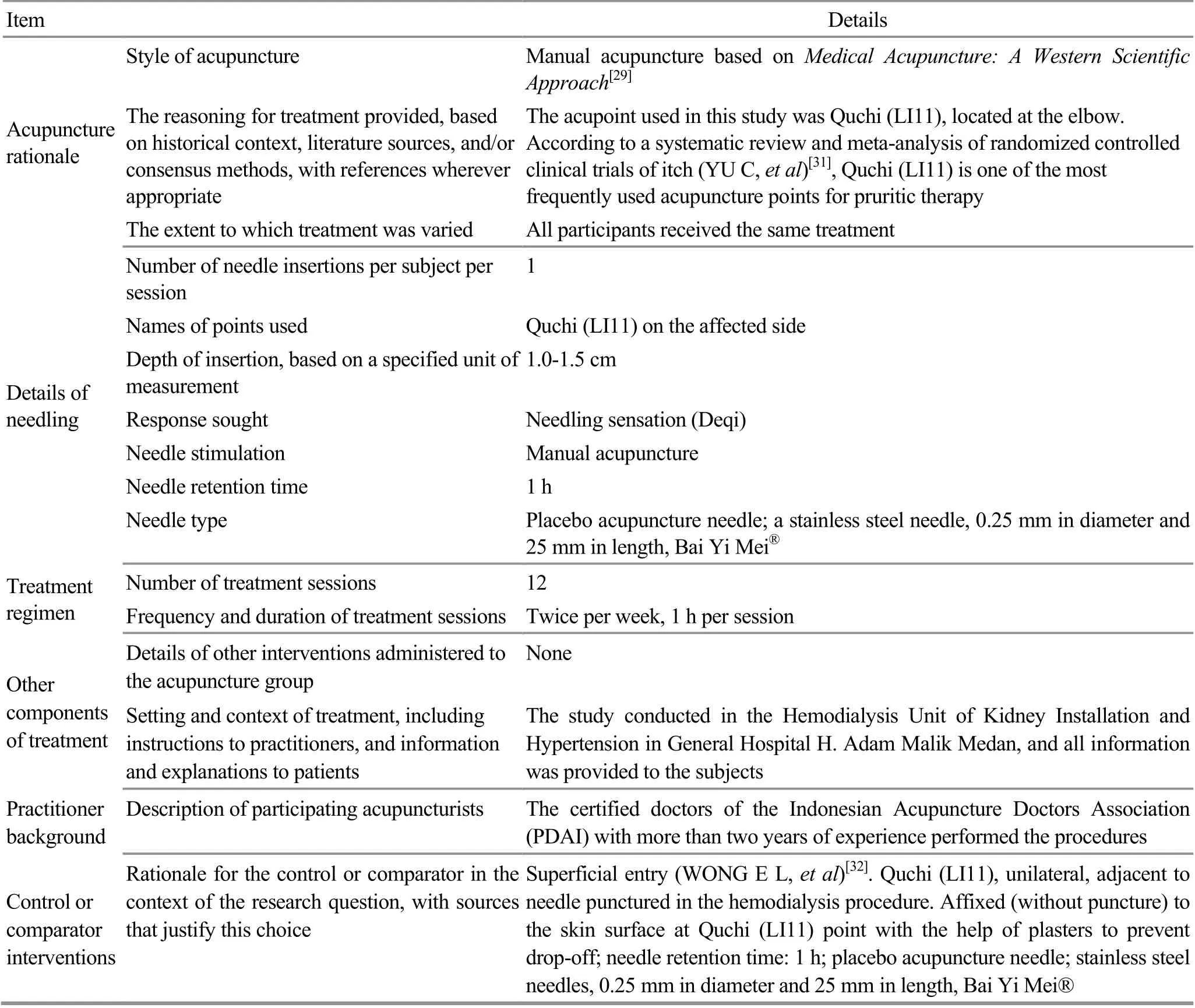
Table 1. STRICTA checklist, detail of intervention (2010)

Figure 1. Flow chart of the study
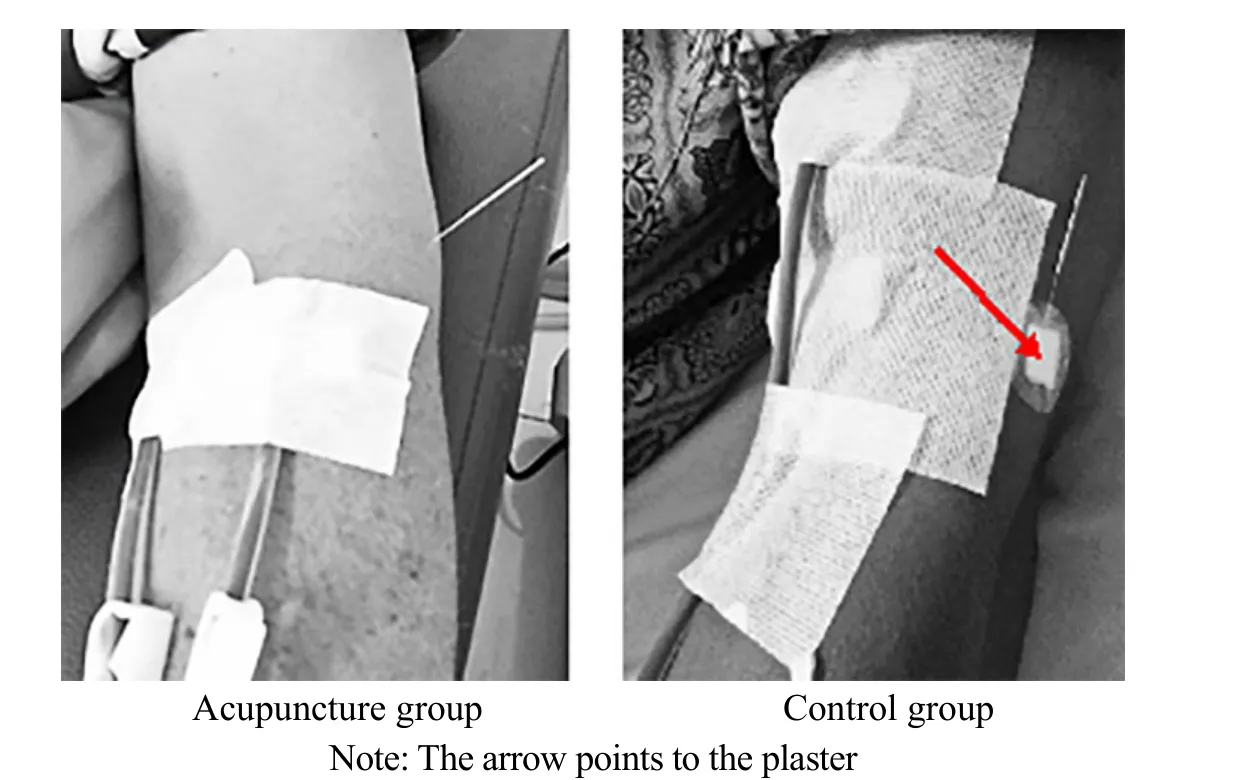
Figure 2. Interventions in the two groups
1.8 Statistical analysis
All data were analyzed using SPSS version 17.0 statistical software. Mean ± standard deviation (±swas calculated for normally distributed data, and median (minimum, maximum) [M (min, max)] was calculated for non-normally distributed or skewed continuous data. Categorical data were presented in numbers. Thet-test was used for the comparison of normally distributed data, and the Mann-WhitneyU-test (non-parametric test) was used for the comparison of skewed continuous data between the acupuncture group and control group. The Pearson correlation test was used for assessing the strength of the correlation between normally distributed data. The statistical significance was set atP<0.05.
2 Results
2.1 Baseline characteristics
A total of 60 subjects were included in this study and were allocated randomly to an acupuncture group and a control group. At baseline, the two groups were not statistically different in terms of characteristics such as gender, age, duration of hemodialysis, ethnicity, or comorbidities (Table 2 and Table 3).
The prevalence of comorbidities such as hypertension, diabetic nephropathy, and infection, and obstructive kidney disease was also statistically equal between the two groups.
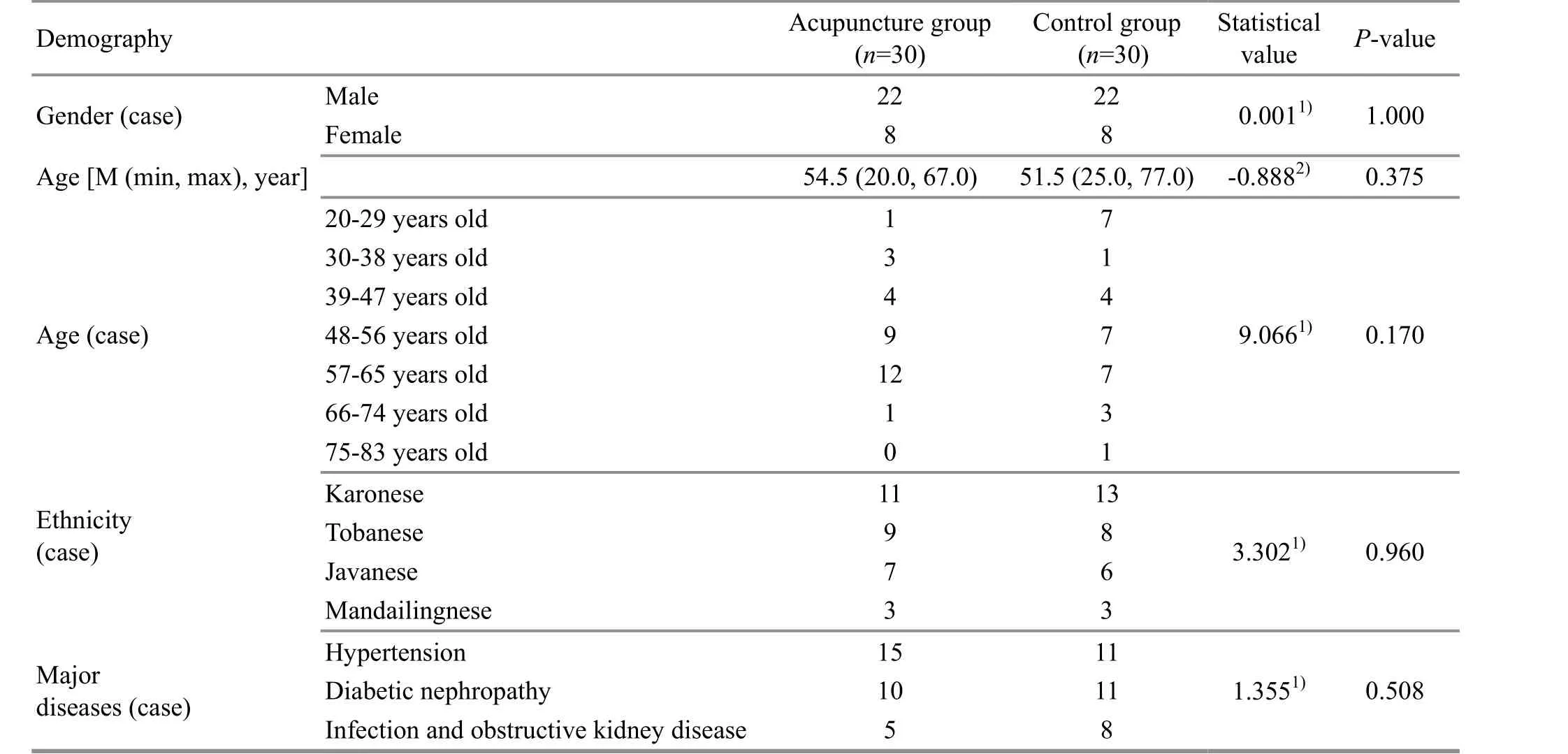
Table 2. Baseline demographic characteristics of the patients

Table 3. Comparison of the key clinical parameters at baseline
2.2 Effect of therapy
All patients completed the course of treatment. The mean serum IL-2 level decreased in the acupuncture group from (105.99±99.24) pg/mL at baseline to(51.59±37.95) pg/mL after acupuncture (P=0.007).There was no significant change in the IL-2 level in the control group (P=0.852). The unpairedt-test revealed a significant difference in the mean serum IL-2 level between the acupuncture group and control group after six weeks of treatment (P=0.011), (Figure 3).
The mean pruritus score in the acupuncture group decreased from (16.30±4.15) to (11.43±3.23), (P=0.000)after six weeks of acupuncture. In the control group, the mean pruritus score decreased from (16.83±3.97) to(13.83±4.82), (P=0.023). The decrease, however, was more pronounced in the acupuncture group than in the control group (P=0.027), (Figure 4).
2.3 Correlation between the pruritus score and IL-2 level
A significant positive correlation was observed between the serum IL-2 level and pruritus score at baseline and after six weeks of treatment (Table 4).
2.4 Adverse effects
The side effects of Quchi (LI11) acupuncture included pain in 3.61% of 360 procedures (12 times in 30 subjects) with a mean VAS value of 2.15 and mild bleeding in 2.50% of 360 procedures.
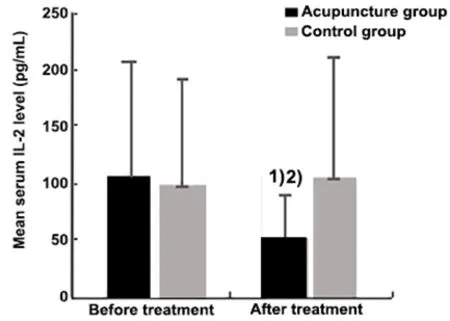
Figure 3. Comparison of the serum IL-2 level
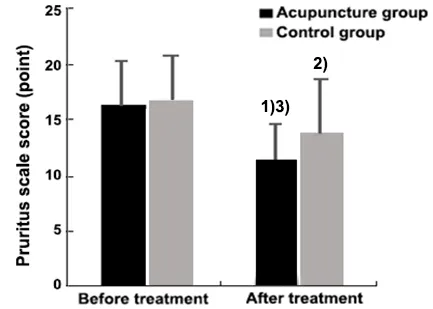
Figure 4. Comparison of the change in the pruritus score

Table 4. Correlation between the serum IL-2 level and pruritus score after six weeks of intervention
3 Discussion
Pruritis is one of the common complications of dialysis, significantly affecting the quality of life of patients[19]. This RCT indicates that, in patients undergoing hemodialysis, acupuncture can reduce the severity of pruritus and the serum IL-2 level. Our results are consistent with the studies conducted by CHOU C Y,et al[24]and PHAN F A,et al[25], in which, a significant decrease in pruritis after acupuncture was reported.
Quchi (LI11) is a commonly used acupuncture point for the treatment of skin disorders[33-34]. Pruritus is associated with the disharmony between the mu- and kappa-receptors[35-36]. In the context of traditional medicine, acupuncture at Quchi (LI11) can drain damp,cool blood, eliminate wind, and alleviate itching[37].Essentially, insertion of acupuncture needles in Quchi(LI11) stimulates the radial nerve, median nerve, and brachioradialis extensor carpi radialis longus muscle.This stimulation generates signals from the sensory afferent somatic nerves that are transmitted to the spinal cord in the C5, C6, and C7segments[38-39]. Signals from the vagus efferent nerve fibers spread to the celiac ganglia in the celiac plexus where the splenic nerve originates. The splenic nerve releases norepinephrine,which affects cytokine production, such as IL-2, by different mechanisms[40-44].
DA SILVA M D,et al[45]found acupuncture to reduce the levels of pro-inflammatory cytokines. On the other hand, an intradermal injection of IL-2 was reported to induce pruritus and erythema, both in healthy and atopic dermatitis patients[11]. The administration of high doses of IL-2 in patients with certain malignancies was also reported to induce intense pruritus[14-16]. IL-2 activates Treg cells to produce inflammatory cytokines tumor necrosis factor-α (TNF-α) and interferon-γ(IFN-γ)[21-22,46-49]. The reduction in IL-2 level is, therefore,expected to contribute to the reduced severity of pruritus. More studies are needed to provide detailed mechanism insight into the change of IL-2 level and their subsequent impact on pruritus in the context of acupuncture therapy.
In the present study, pain and bleeding were the reported side effects of acupuncture at Quchi (LI11).Transient pain is generally experienced when the acupuncture needle is inserted, and minor bleeding may occur during the needle extraction. Other less commonly reported side effects are internal organs,tissue, or nerve injuries[49-50]. In our study, no such complications were observed; however, proper safety precautions must be in place for acupuncture. A decrease in UP severity was also observed in the control group, suggesting psychological inducements[35,51]. The level of decrease was considerably lower compared with the acupuncture group, and there was no significant change in the IL-2 level.
This study has several limitations. First, it is a single-center study; a multi-center clinical trial will be necessary for supporting the conclusion of this study.Achieving a complete placebo effect is another major limitation[52-53]. Therefore, more randomized controlled trials with sham control groups are needed to fully corroborate our results. We have currently focused on IL-2; however, it is also important to elucidate the role of other mediating agents. Furthermore, the study did not include a follow-up or treatment at multiple time points; further studies with a long-term follow-up may help develop a standardized treatment protocol.
4 Conclusion
In this RCT, acupuncture at the single Quchi (LI11)acupoint, 12 times over six weeks, was found to be an easy, safe, and effective modality to manage UP in hemodialysis patients. Acupuncture therapy also reduced the serum IL-2 level, and there was a
correlation between the serum IL-2 level and the severity of pruritus. Further exploration of the underlying mechanism will improve the understanding of the role of IL-2 in post-acupuncture alleviation of pruritis in hemodialysis patients.
Conflict of Interest
The authors declare that there is no potential conflict of interest in this article.
Acknowledgments
The authors would like to thank the editors of Editverse(www.editverse.com) for their help in manuscript editing and formatting.
Statement of Informed Consent
Informed consent was obtained from all individual participants.
Received: 19 September 2020/Accepted: 19 April 2021
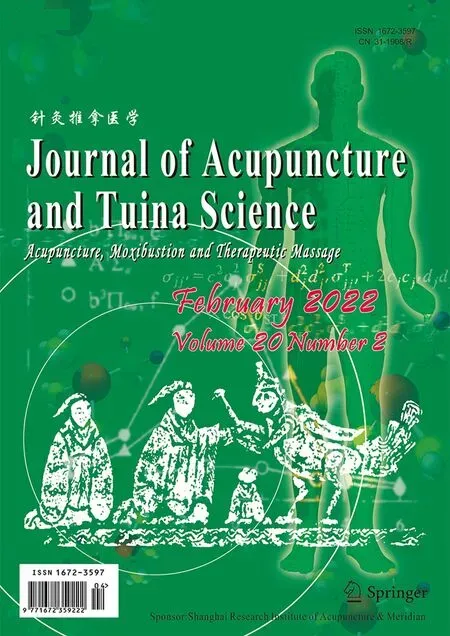 Journal of Acupuncture and Tuina Science2022年2期
Journal of Acupuncture and Tuina Science2022年2期
- Journal of Acupuncture and Tuina Science的其它文章
- Effects of electroacupuncture on angiogenesis and cortical VEGF and BDNF expression in rats with focal cerebral ischemia
- Therapeutic efficacy observation of warm needling moxibustion plus Tuina for knee osteoarthritis
- Acupuncture plus naloxone hydrochloride in the treatment of coma after surgery for cerebral hemorrhage: a randomized controlled trial
- Clinical observation of pediatric Tuina plus oral Chinese medication for pediatric anorexia due to spleen failing in transportation
- Protocol-optimizing study of combining Tuina and horse-riding squat exercise for knee osteoarthritis
- Therapeutic efficacy of acupuncture plus Tuina for spastic cerebral palsy and discussion of its mechanism
